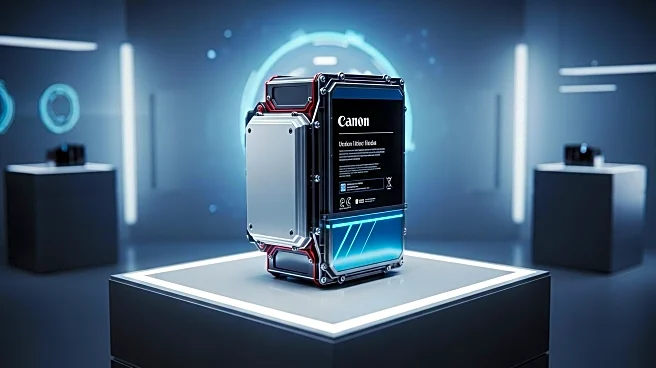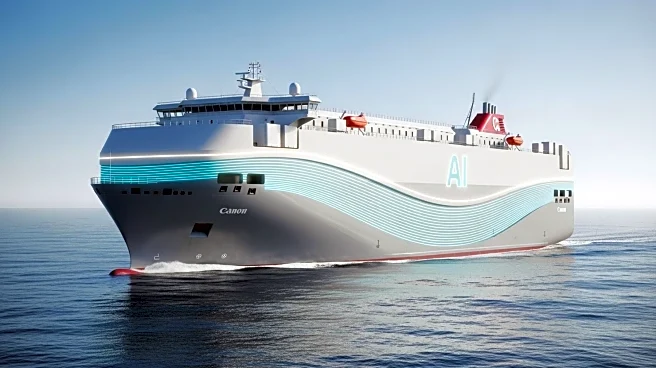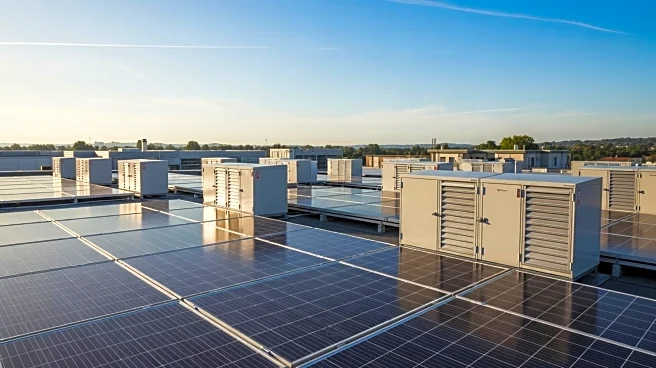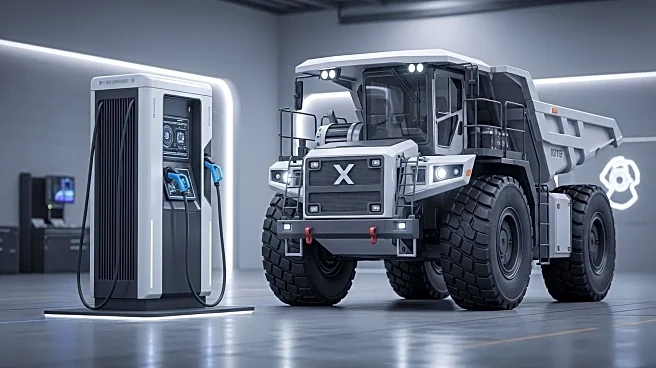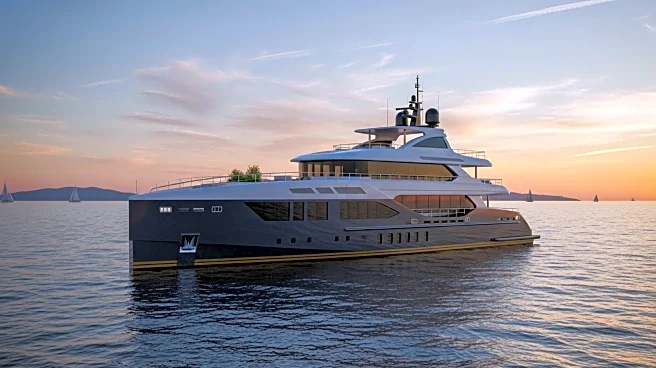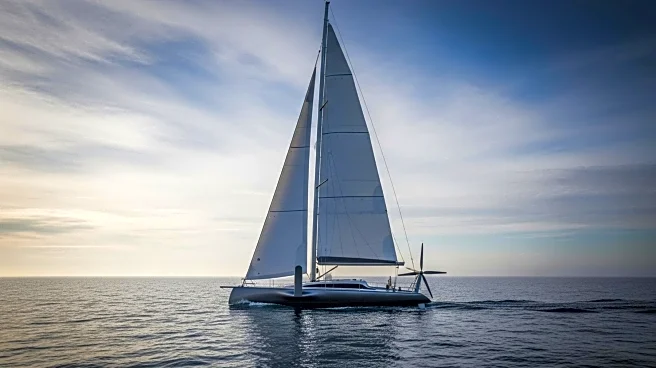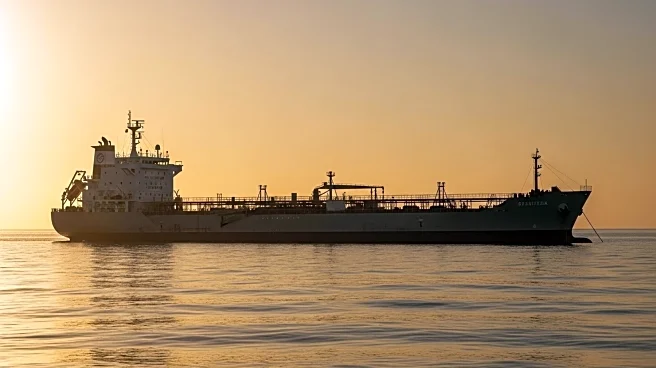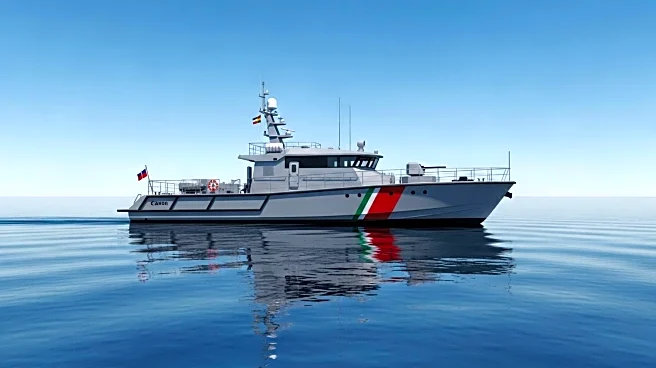What's Happening?
Sperry Marine has been selected to supply Integrated Bridge Systems (IBS) for two hydrogen-powered container vessels being built by Cochin Shipyard Limited for Samskip. These vessels, set to operate between Oslo Fjord and Rotterdam, are part of a green corridor initiative aimed at achieving zero-emission propulsion. The IBS will feature open architecture to integrate future autonomous navigation solutions. The ships are expected to reduce CO2 emissions by approximately 25,000 tons annually using green hydrogen. The IBS includes Sperry Marine's NAVIPILOT 4500N autopilot, which adapts to changing conditions for fuel savings and reduced workload.
Why It's Important?
The development of hydrogen-powered ships represents a significant step towards reducing emissions in the maritime industry. By integrating advanced navigation systems, these vessels not only contribute to environmental sustainability but also pave the way for future autonomous shipping. This project highlights the industry's shift towards cleaner technologies and the importance of innovation in achieving sustainability goals. The collaboration between Sperry Marine, Samskip, and Cochin Shipyard Limited demonstrates a commitment to advancing maritime technology and reducing the industry's carbon footprint.
What's Next?
The vessels are scheduled for delivery in 2027, with ongoing development of autonomous navigation solutions. As the maritime industry continues to explore sustainable technologies, the success of this project could encourage further investment in hydrogen-powered and autonomous ships. Stakeholders will likely monitor the performance of these vessels closely, as they represent a potential model for future maritime operations. The integration of open architecture systems may also lead to new standards in autonomous navigation, influencing future shipbuilding projects.
Beyond the Headlines
The introduction of hydrogen-powered ships with advanced navigation systems underscores the maritime industry's commitment to innovation and sustainability. This project could influence regulatory frameworks and encourage the adoption of similar technologies across the industry. The focus on reducing emissions aligns with global efforts to combat climate change, positioning the maritime sector as a leader in environmental responsibility.



